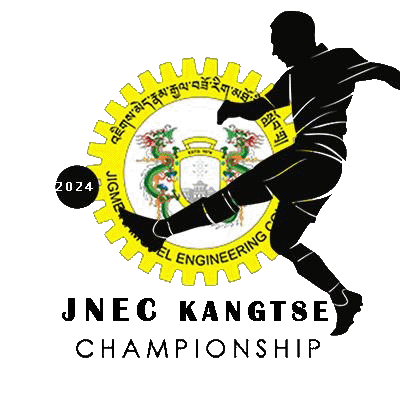Guide for Term Papers
A term paper is an important part of your academic career. This type of task is likely to be assigned, regardless of whether you’re in high-school or are studying for a degree. In this comprehensive guide, we’ll explore everything you need to know about term papers, from their purpose to the step-by-step process of writing one.
So, what exactly is a term paper? It is a researched-based essay students have to complete by the end of the term. It serves as an evaluation of your understanding of a particular subject and your ability to apply critical thinking skills.
Why a Term paper is Written
A term paper’s main purpose is to show that you understand the course material. You can develop writing and analytical abilities by conducting thorough research, and then presenting the results in an organized and coherent manner. In term papers, you can explore the subject more deeply and demonstrate independent thinking.
Here are the most important objectives to writing a term papers:
- Your ability to show your mastery of the material.
- To critically analyze and interpret the research material.
- To develop your writing skills.
- Improve your skills in structuring and organizing information.
- Showcase your skills in analysis and research.
The Steps for Writing a Research Paper
It may be overwhelming to begin with, but breaking the term paper into small steps will make it easier. Here is a step-by-step guide to help you navigate through your term paper:
1. Select a topic
Choosing the right subject is vital. Choose a topic that you are interested in and one which is related to the course. Take into account the length of your assignment, and be sure that you have enough information to support the arguments.
2. Do Research
Do not forget to collect relevant information such as books or scholarly publications. Take notes as you go along, ensuring you properly cite your sources for later reference. Sources are important, but the more you have to choose from and how diverse they are, the better your insights and arguments.
3. Write a Thesis Statement
It is an overview of the most important argument in your paper. The thesis statement should be specific, clear and able to be argued. Your thesis statement will guide your research and shape the overall direction of your paper.
4. Create an Outline
Your outline will act as a map for your research paper. An outline is a great way to ensure that your term paper flows logically. Divide your paper in sections or subsections. Each section should address one specific part of your topic.
5. You can write the introduction
Introduce your topic and capture readers’ attention. Your introduction should start with a strong hook. Next, provide some background info and state your thesis. Explain to the reader exactly what he or she can expect.
6. How to Compose a Body
Your term paper’s body should consist of main arguments, and evidence to support them. Each paragraph should focus on a single point, providing evidence, examples, or analysis to support it. Transition words will help you to maintain a good flow of ideas between paragraphs.
7. Make a solid conclusion
It summarizes all of the points you have made and restates what your thesis is. The conclusion must leave an impression on your reader. It also https://www.livemint.com/brand-stories/write-my-essay-today-top-services-to-get-a-writing-from-11706709641235.html should provide closure. Avoid introducing new information in the conclusion.
8. Check for errors and proofread.
Proofread and edit the term paper before you submit it. Be sure to check for any grammar or spelling mistakes, use proper citation formats, and ensure that your paper is coherent and clear. Seek feedback from your professor or a colleague.
Tips for Writing an Outstanding Term Paper
You can also use these tips for writing a great term paper.
- Don’t forget to start early and allow plenty of time for writing, research and other activities.
- Keep track of all your notes and sources.
- To support your argument, use a range of credible sources.
- You can avoid plagiarism by properly citing your sources.
- Revise and edit your work for clarity, coherence, and conciseness.
- Ask for feedback from your classmates, teachers, and writing centers.
- You can avoid burnout if you take regular breaks, and plan your schedule well.
Following these steps and using these tips will put you on track to writing an outstanding term paper that showcases analytical skills and your academic knowledge. You can achieve success by conducting thorough research and analyzing the results.


